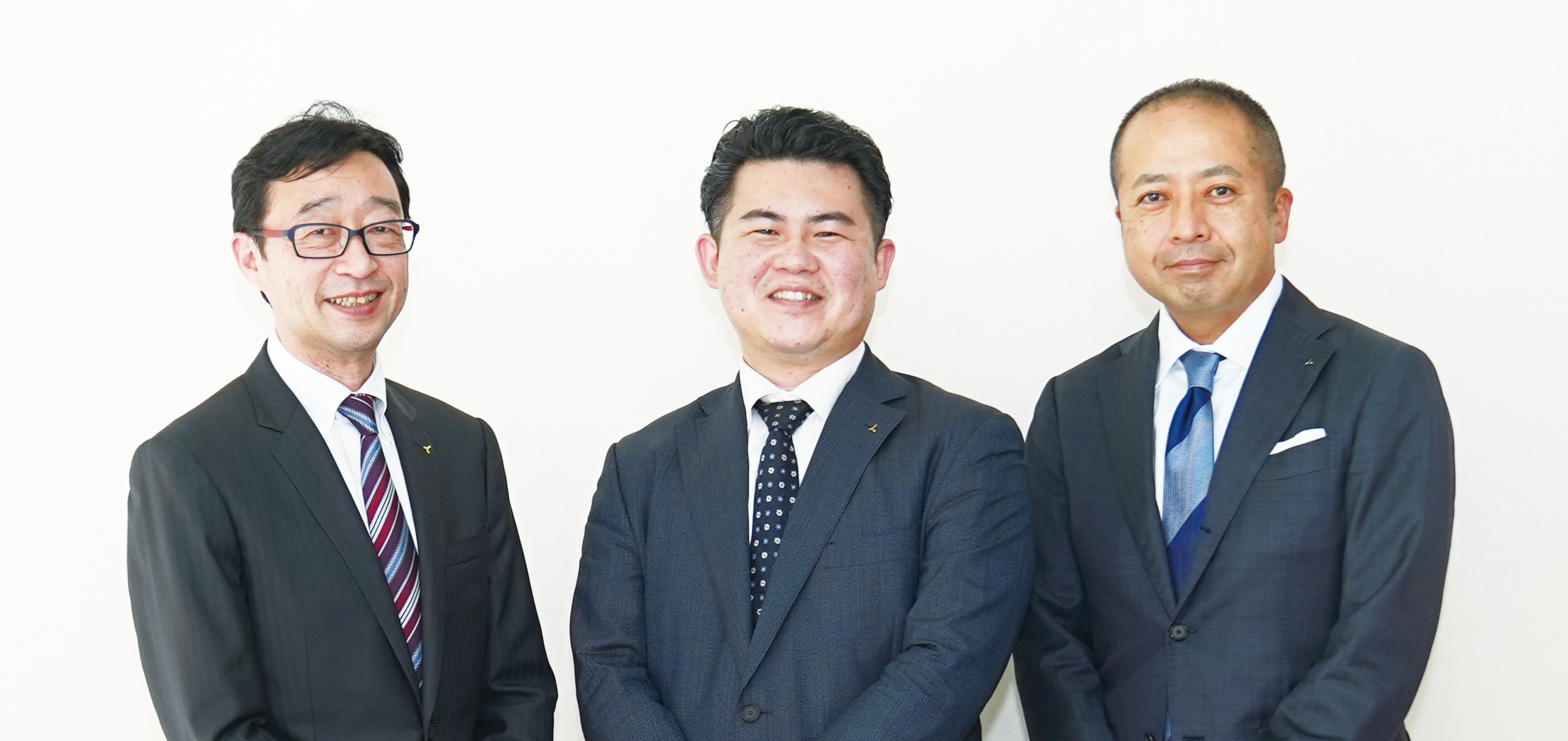KK Ashisuto

Achievements
Making Video Communication Part of Corporate Culture
In 2020, as the COVID-19 pandemic raged around the globe, Ashisuto was looking to pursue new technical directions, which led it to learn about the Panopto video platform. Aware of the need to strengthen bonds and boost communication between its employees during the pandemic, Ashisuto believed that the sharing of knowledge via video would be a powerful tool for communication, and began evaluating Panopto.
To fully understand the possibilities of Panopto, Ashisuto encouraged its 1200 employees to upload video messages introducing themselves. The ability for many employees to interact with these videos led to them being utilised in a variety of ways, and the use of video became entrenched in the organization, to the extent that over 1000 users now use the system at any one time, with over 200 employees uploading new content each month. The team in charge of the Panopto rollout, dubbed the ‘Panopto Project’, feels that a that a culture of using video clips to communicate has been established.
The Challenge
A Way to Improve Internal Communication During COVID-19
The COVID-19 pandemic changed everything as states of emergency were declared around the world. New business co-creation team leader Matsuyama Shinnosuke, who had been assigned the mission of creating new businesses for Ashisuto.
Mr Matsuyama found that the COVID-19 pandemic meant he spent more time watching video content than he did talking to people, and therefore felt that Panopto, which enables users to manipulate video content freely, held potential as a new mode of communication during the pandemic. Mr Matsuyama began promoting Panopto as the system that would deliver this ‘Internet of knowledge’.
“I felt that the COVID-19 business environment had altered the very nature of the relationships between people. Ashisuto sees itself as a company that looks after its people. My concern that we would lose our motivation, causing our external messaging ability to suffer, made me outspoken on the issue.” Mr. Matsuyama said.
He also felt that marketing presentations and product explanations needed to be videoed and treated as information assets. He believed the best presentations needed to be saved in video form, so that those unable to attend meetings could watch them later.
The Solution
Internal Campaign Aims to Foster Culture of Video-Based Communication
In order to share technical and product information with the sales divisions, they used Panopto to create video manuals on the use of IT systems to train their employees.
In order to encourage employees to embrace the video platform, the Panopto Project team attempted to lower the bar to filming video by having all employees make videos introducing themselves. The idea was to have staff experience making a video for themselves. One thousand of the company’s 1200 employees made such videos.
The Impact
A total of 12,012 videos were uploaded to the system during the period, which equates to an average of 231 per week.
The average employee viewed 347 hours of video during the period, which means that each employee watched an average of one hour of video every day.
Culture of Knowledge Sharing and Time-Saving Takes Root
Many employees say that it is now easier to share presentations by turning them into videos, and that they like being able to access high quality presentations at any time because there is a lot they can learn from new recruits. The practice of recording client seminars in advance has also enabled salespersons to watch seminars before promoting them to clients. This enables salespersons to better articulate the appeal of the seminars when inviting clients.
In the past, the first half of any meeting would be spent explaining the topics being debated. People have now got creative, however, realising that meetings can be made more efficient by sharing this information in advance via video. This way, discussions can start the second the attendees arrive. The organization has also established a culture of recording internal meetings so that they can be shared later with those unable to participate. Mr Itaki says, “I get the impression that the system has enabled people to use their time more flexibly.”
As well as using Panopto as a tool for improving the efficiency of its organisation, Ashisuto also recommends the product to its clients.
Download the full case study in PDF:





